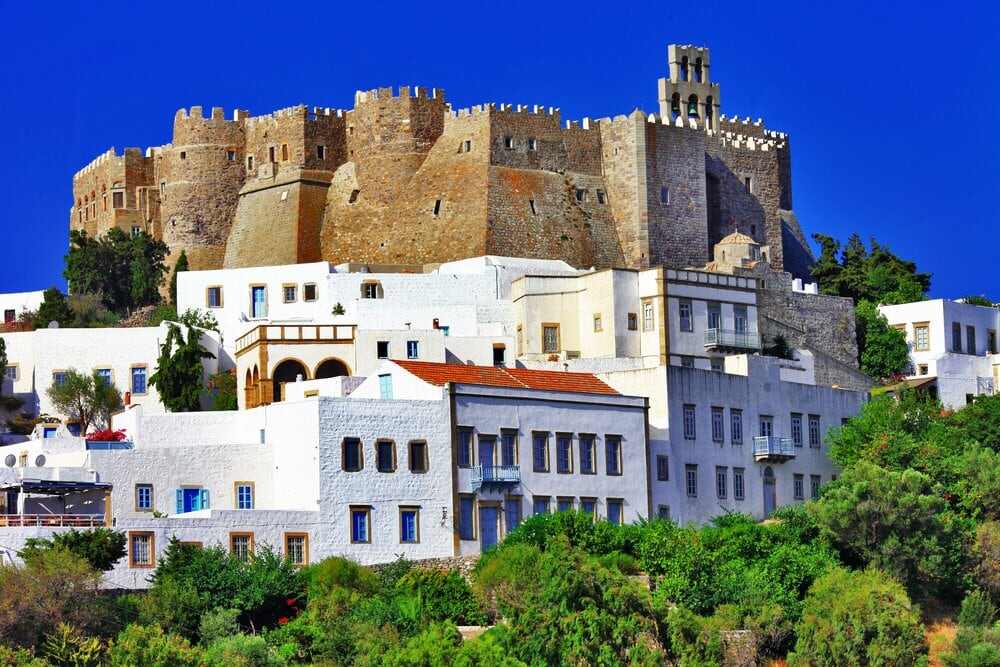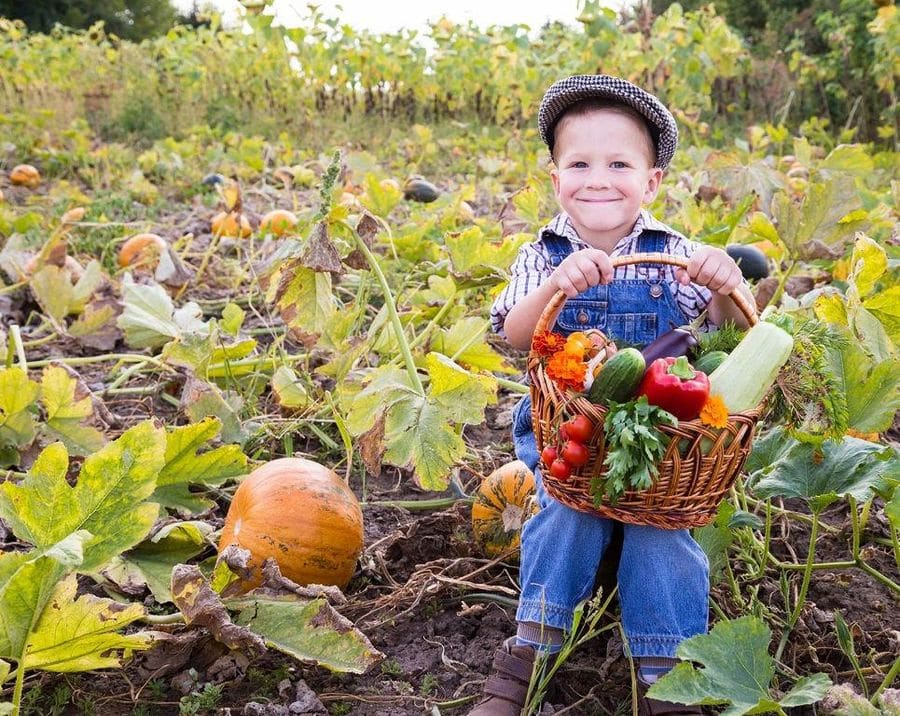Patmos is renowned worldwide for its religious heritage, being the site where the Evangelist John wrote the Apocalypse. However, it is also a paradise for nature lovers and has been transformed in recent years into a cosmopolitan destination, all while retaining its mystical atmosphere that attracts travellers seeking inner discovery.
The island’s dramatic geomorphological features, characterised by a rugged coastline, steep peaks, and volcanic soil, blend harmoniously with gentle tourist development. The beautiful labyrinthine cobbled streets, charming squares, traditional mansions, and crystal-clear beaches, along with excellent cuisine, make Patmos—often called the “Island of the Apocalypse”—a top tourist destination.
The island’s uniqueness extends beyond its architectural beauty to its rich cultural traditions and everyday practices that connect spirituality with the joy of food and community. One such tradition prevalent in Patmos is the “kaffedisma.”
Believers gather in the “archontariki” (the reception and hospitality area of a chapel or monastery) after vespers services—of which there are many on the island—or following a liturgy and artoklasia in honour of a saint’s memory. The host of the liturgy offers the “kaffedisma,” a gathering featuring Greek coffee and an array of treats. The table is lavishly set with traditional island dishes, prominently featuring the famous Patiniotiki cheese pie, alongside touloumotiri with cookies, sweet poungia, delicate schinopita, and aromatic schinopsomo.
The gastronomy of Patmos combines traditional Greek cuisine with local products and island recipes. The island has several distinctive features due to its small but rich production:
Fish and seafood: Being an island, fresh fish, octopus, squid, and shrimp are abundant. They are often cooked, grilled, or cooked with olive oil, lemon, and herbs.
Main dishes: Traditional dishes include ladera (vegetables cooked in olive oil), manestra with octopus, stewed beef or goat in tomato sauce, and baked giant beans.
Local products: The island produces high-quality olive oil, honey, and wild greens.
Bread and pasta: Traditional fresh pasta and handmade bread, sometimes flavoured with local herbs.
Sweets: Local traditional sweets include walnut cake (karydopita), almond sweets (amygdalota), and melekounia (a sweet made with sesame and honey).
In Patmos, the cuisine is simple, clean, and based on the quality of ingredients. Dishes combine seafood, vegetables, and herbs, while the sweets prominently feature almonds and honey.




